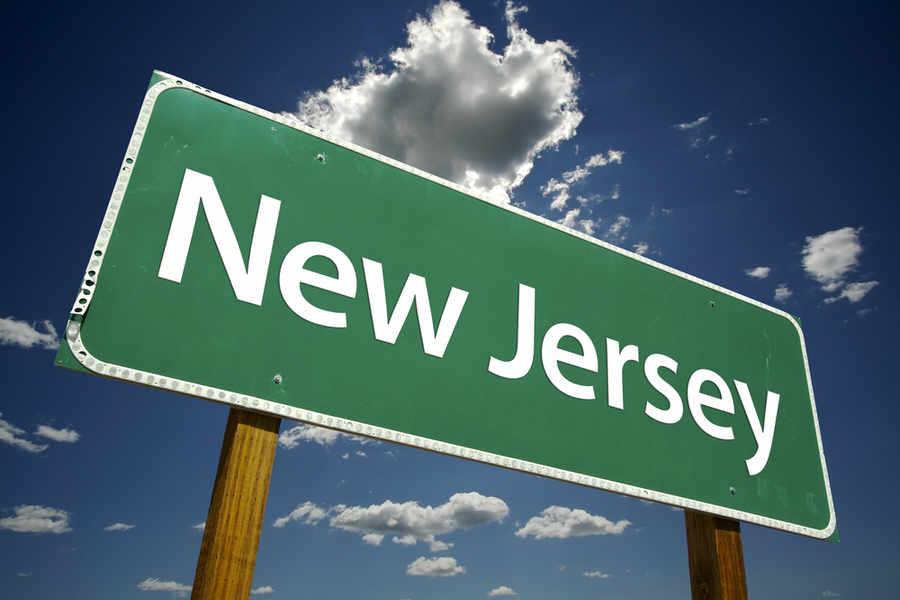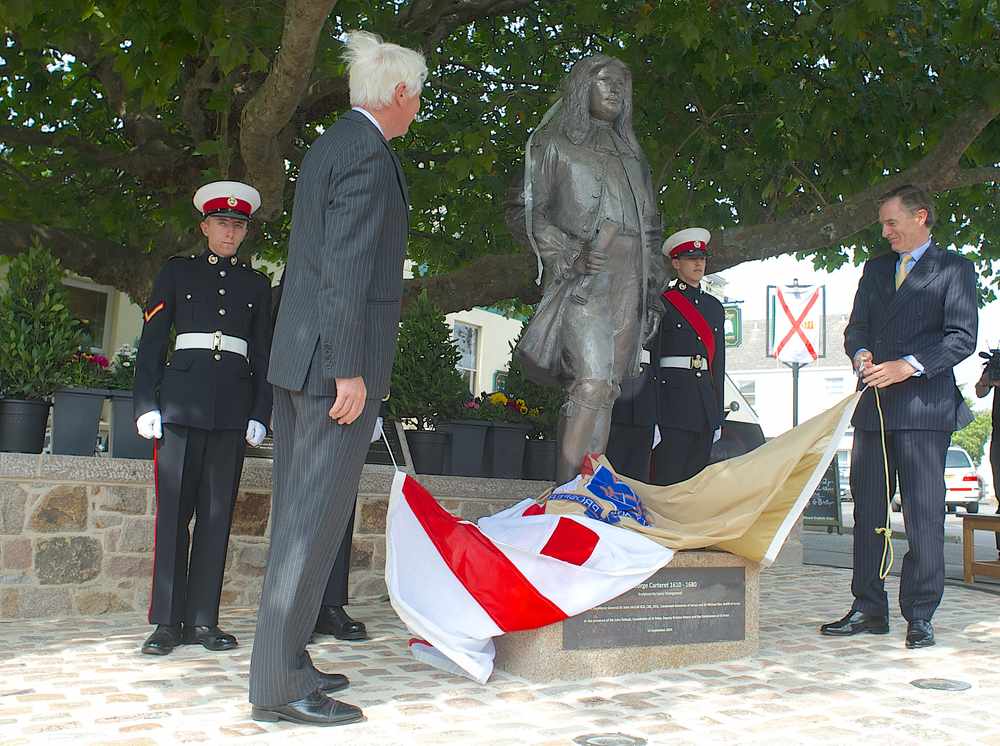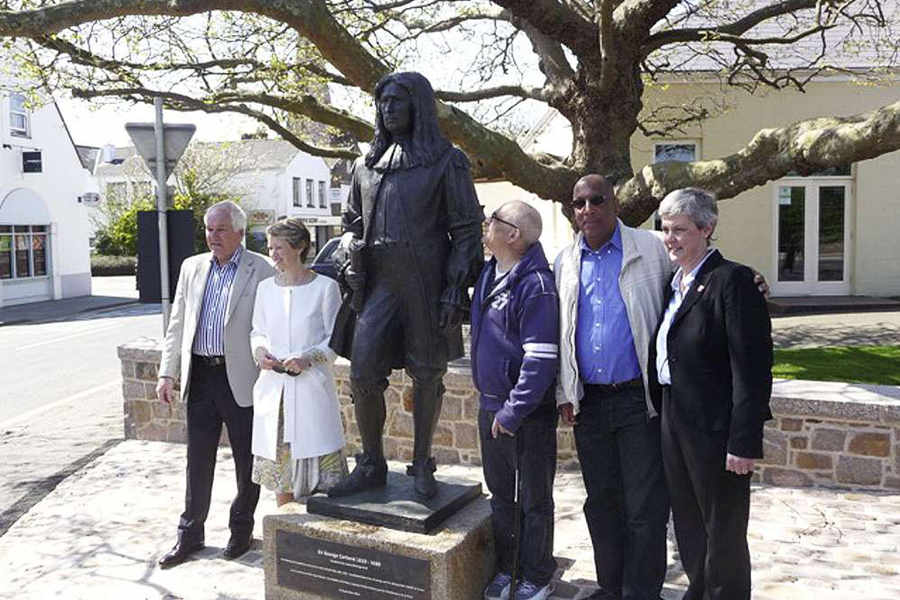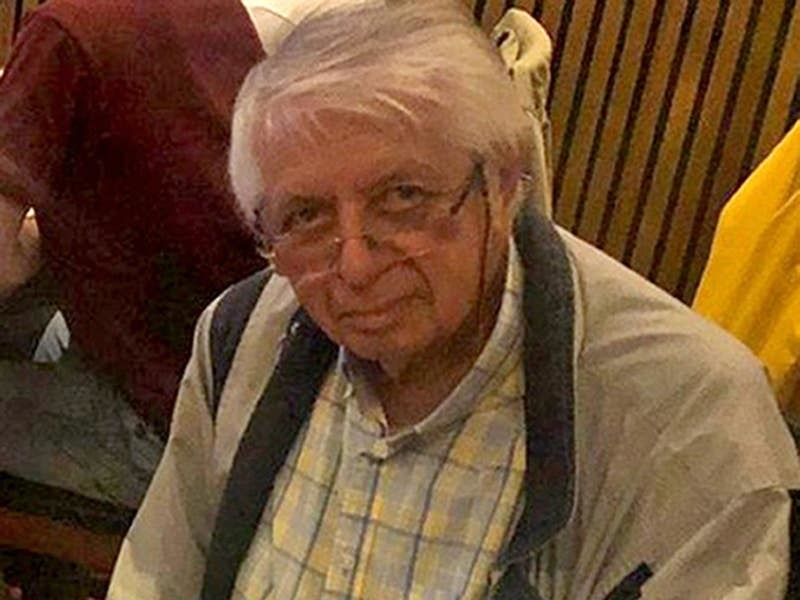- A group of politicians from New Jersey are in the Island to mark the American state’s 350th year
- The territory was given its name by Jerseyman Sir George Carteret in 1665
- The visiting Americans have been to Durrell and Gorey Castle and met several dignitaries
POLITICIANS from New Jersey came face to face with the man who named their home state 350 years ago as part of a three-day visit to the Island.

The Island of Jersey would fit 189 times into the area of New Jersey
It has 7,504.8 square miles of land and 699.57 square miles of water
Bruce Springsteen, Jon Bon Jovi, Whitney Houston, Frank Sinatra and Paul Simon all hail from cities in the state of New Jersey
New Jersey has 127 miles of coastline on the Atlantic Ocean
New Jersey is home to more than 9,800 farms covering 790,000 acres of farmland
Assemblymen Gordon Johnson and Reed Gusciora were accompanied by Jersey’s Home Affairs Minister, Kristina Moore, the Constable of St Peter, John Refault, and St Peter Procureur du Bien Public, Julia Quénault, when they visited the statue of Sir George Carteret, the Jersey statesman who gave the territory its name in 1665.
Together with four assistants, Mr Johnson, who is chairman of the New Jersey Commerce and Economic Development Committee, and Mr Gusciora, chairman of the state’s Regulatory Oversight Committee, arrived in the Island on Sunday afternoon.
After visiting the St Peter statue, they had lunch at St Brelade’s Bay Hotel and were later given tours of Durrell and Mont Orgueil Castle.
On Monday the party met the Lieutenant-Governor, General Sir John McColl, and the Bailiff, William Bailhache, as well as officers from Jersey Finance, the Financial Services Commission and the Economic Development Department.
Mr Refault said that the Assemblymen were keen to learn about the historical links between the two jurisdictions.

‘We talked about the differences between our political systems, which was very interesting for both parties,’ Mr Refault added.
‘They were very interested in a lot of our Jersey vocabulary and its origins.
‘In fact, they were talking about trying to introduce some of our Jersey phraseology, such as Jersey bean and the crapaud, when they got back home.’
Today the delegates were due to visit the Maritime Museum, the Jersey Museum, the War Tunnels and St Ouen’s Manor.
The visit comes after several Island politicians and senior civil servants flew to the US state last year to help to develop the cultural and economic links with New Jersey and to take part in the 350th anniversary celebrations.

Sir George Carteret was the Bailiff who defended Jersey against the Parliamentarians.
He started out as a humble sailor but went on to become a Naval Commander, then a master of privateers during the English Civil War.
He spent the early years of the war carrying supplies from France to the Royalist army and in 1643 he seized control of Jersey from Parliamentarian supporters.
He went on to twice offer the Island as a safe haven for the future King Charles II who had fled following the republican uprising led by Oliver Cromwell.
Sir George was later exiled from Jersey by Parliamentarians as the war continued, but was ultimately rewarded by the King when the Royalists finally won the day, by being granted an estate in America in 1664, which became New Jersey.

AN art project celebrating the link between old and New Jersey was nearly scuppered in November when US Customs seized a shipment container on suspicion that drugs were hidden among the concrete artworks.
The container, carrying 350 concrete flower pots made by a Jersey artist, was held by the authorities in October after it arrived on a freight ship at Bayonne port in New Jersey.
The pots were due to be placed on a wartime bunker to represent the link between the history of the two jurisdictions as part of celebrations to mark the 350th anniversary of the founding of New Jersey, which was named by former Bailiff Sir George Carteret.
Before the pots were released seven days later, X-rays were taken of the crate to ensure that there were no drugs inside.
Jersey-born artist Christine Finn, who travelled across the Atlantic for the installation of the pots in the New Jersey town of Cape May, said she was worried that the project would not be able to go ahead.
‘I just had to accept that that was the procedure, and that since 9/11 they have needed to be very careful with everything that comes into the country. I was told that concrete was often used to conceal drugs and I presume that’s what they were checking.’
And the 55-year-old, who started the Garden State project in the Island during the Skipton Open Studios in June, said that at one point even a Congressman had tried to help to get the pots released.
‘I had all sorts of people who were helping me and it was a real team effort.’ said Ms Finn.
‘In the end, it was decided that we would postpone the event to the following weekend because we had so little time when it was eventually released.’
‘People really seemed to understand the concept once they found out that there was another Jersey.
‘I had some explaining to do, though, and had to keep referring to it as old Jersey as it really wasn’t widely known.’






